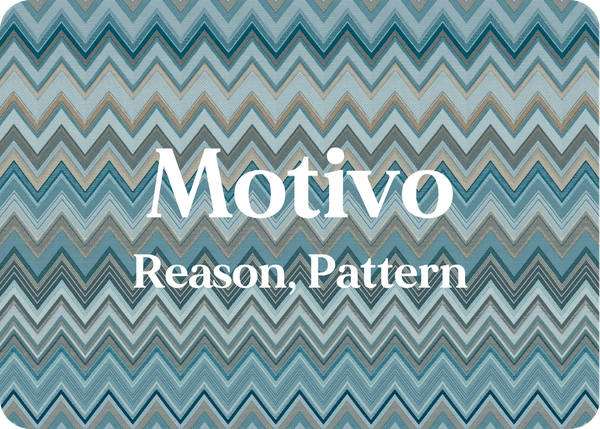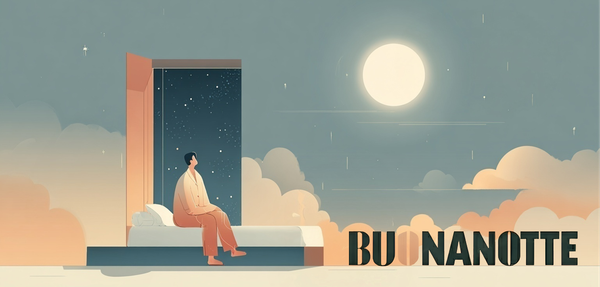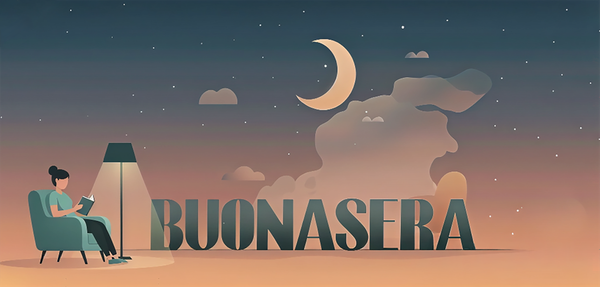Motivo
NOUN [masculine]
Meaning and English translation 🔖
1. Motive, Reason
🇬🇧 A state of mind or principle that compels one to act.
🇮🇹 Stato d’animo o principio che spinge ad agire.
2. Theme, Pattern
🇬🇧 A recurring theme or design in art and music.
🇮🇹 Tema o disegno ricorrente in arte e musica.
| Masculine ♂️ | Feminine ♀️ | |
|---|---|---|
| Singular | il - un motivo | - |
| Plural | i - dei motivi | - |
Example sentences 💬
Ora che studio italiano, ho un motivo valido per andare in Italia.
Now that I’m studying Italian, I have a valid reason for visiting Italy.
Quali sono i motivi per cui vuoi trasferirti a Roma?
What are your reasons for moving to Rome?
Il motivo musicale di quell’opera è affascinante.
The musical motif of that opera is fascinating.
This article is brought to you by Giulia School, where you can learn Italian the natural way—with real conversations and passionate teachers guiding you every step of the journey. It’s the closest thing to immersion you can get without living in Italy. Click here to learn more.
Idioms with motivo 🇮🇹
Avere un valido motivo
→ To have a good reason
Spero che tu abbia un valido motivo per essere in ritardo.
I hope you have a good reason for being late.
Per motivi di...
→ For reasons of…
L'evento è stato cancellato per motivi di sicurezza.
The event was cancelled for safety reasons.
Per nessun motivo
→ For no reason, on no account, in no way
Per nessun motivo dovresti saltare il pranzo.
On no account should you skip lunch.
Per questo motivo
→ For this reason, therefore, hence
Era stanco, per questo motivo ha deciso di riposarsi.
He was tired, hence he decided to rest.
Essere motivo di (gioia, orgoglio, scandalo, dolore, etc.)
→ To be a reason of / to be source of (joy, proud, scandal, grief, etc.)
Il suo discorso sulla guerra detto sul palco è stato motivo di tensione tra i due Paesi.
His speech about the war delivered on stage was a source of tension between the two countries.
Motivo per cui
→ That's why / For which reason
Non mi piace il caffè (espresso), motivo per cui i miei amici mi prendono in giro dicendo che non sono italiana.
I don't like espresso, which is why my friends tease me saying I'm not Italian.
Per quale / Per che motivo?
→ For what reason, why?
Per quale motivi hai deciso di studiare italiano?
For what reasons did you decide to study Italian?
Where does the word motivo come from? 🔎
Motivo originates from the Late Latin motivus, meaning “mobile”.
This term is derived from motus, the past participle of movēre, which means “to move”.
This etymology highlights the idea of movement central to the concept of motivo, both as a driving force for action and as a recurring theme in art and music.
Did you know that... 🤓
Impress your italian friends with curious facts about Italy and its culture
Milan, the fashion capital? One reason is Missoni's motifs.
This week I was in Milan. It was so hot that you couldn't stay outside, and I wanted to discover something new. Since I had already visited all the museums in Milan, my search for a new, interesting, and cool place led me to discover a hidden gem: the MAGA Museum in Gallarate.
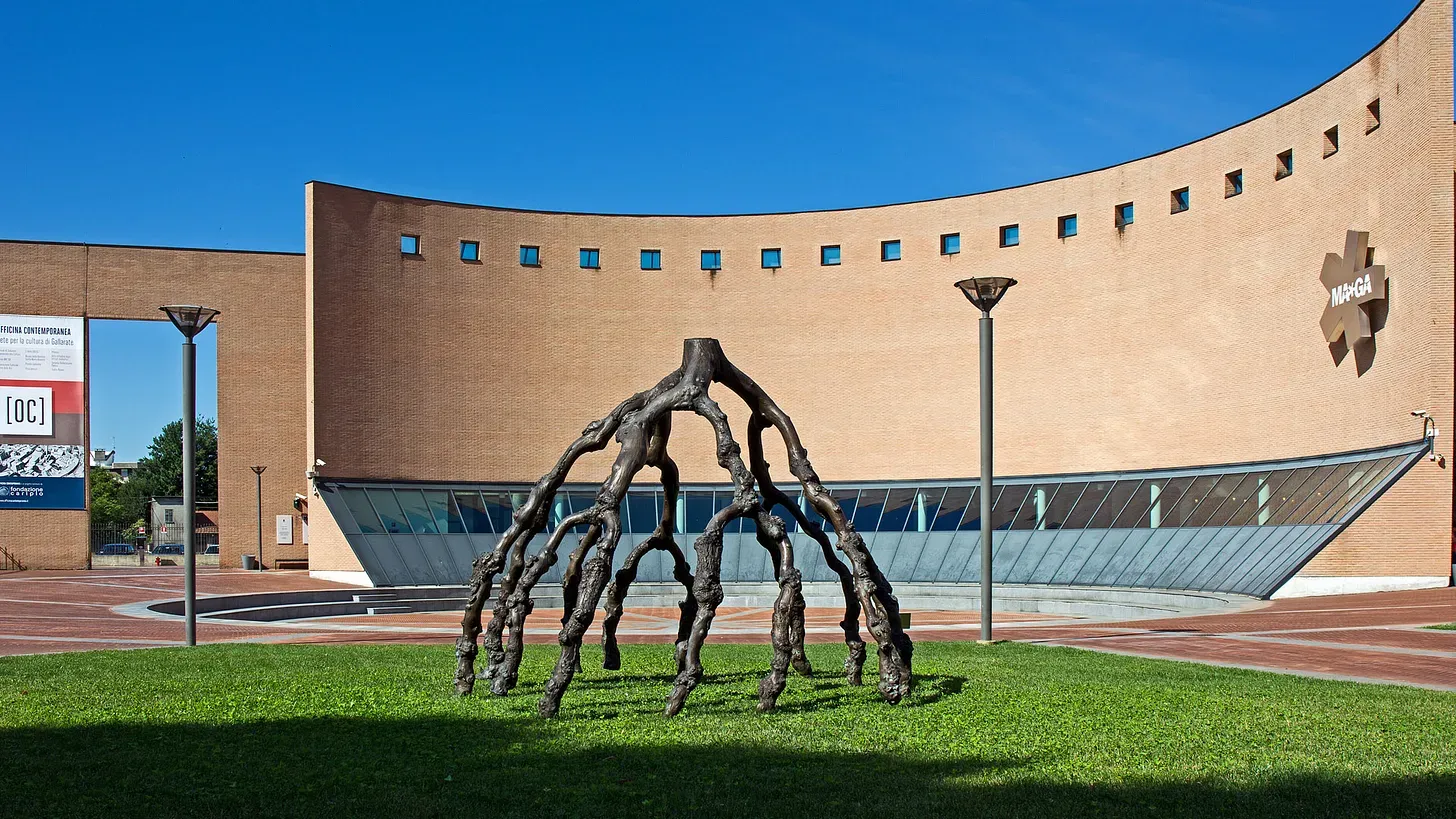
I had never been there before, but the promise of air conditioning and art convinced me to leave my room and take the train (about a half-hour journey).
And what a discovery it was!
At MAGA, I found an exhibition dedicated to Missoni, the fashion house, and it was like entering a kaleidoscope of fabrics and stories.
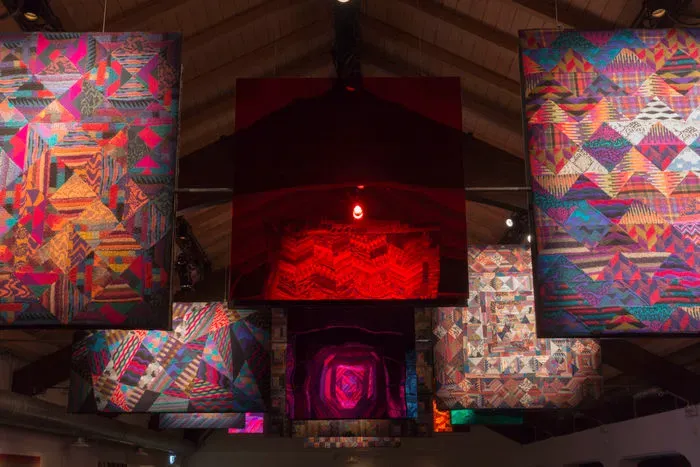
To fully appreciate the exhibition, I had to take a step back and immerse myself in Missoni's history. Created in 1953 by Ottavio and Rosita Missoni, the brand has become synonymous with innovation in Italian fashion. Their zigzag patterns and colorful geometries are not just clothing items, but works of art that tell a story of creativity and passion.
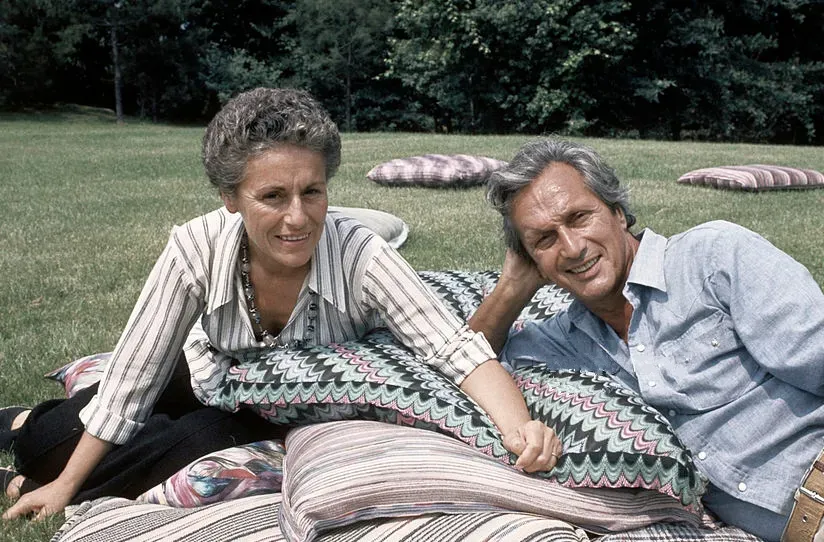
But what makes Missoni truly special is its ongoing dialogue with 20th-century European art. Ottavio Missoni, born in Croatia and an Olympic athlete, and his wife Rosita Jelmini, born and raised in a family of shawl and embroidered fabric manufacturers from whom she learned the textile art, brought a unique perspective to the fashion world, merging their passion for athletics with meticulous attention to artisanal details.
A fascinating aspect of their work is the influence of European avant-garde movements, such as Sonia Delaunay's abstractionism and the futurism of Balla and Severini. These artists inspired the Missonis to explore the power of color and geometry, elements that became the beating heart of their collections.
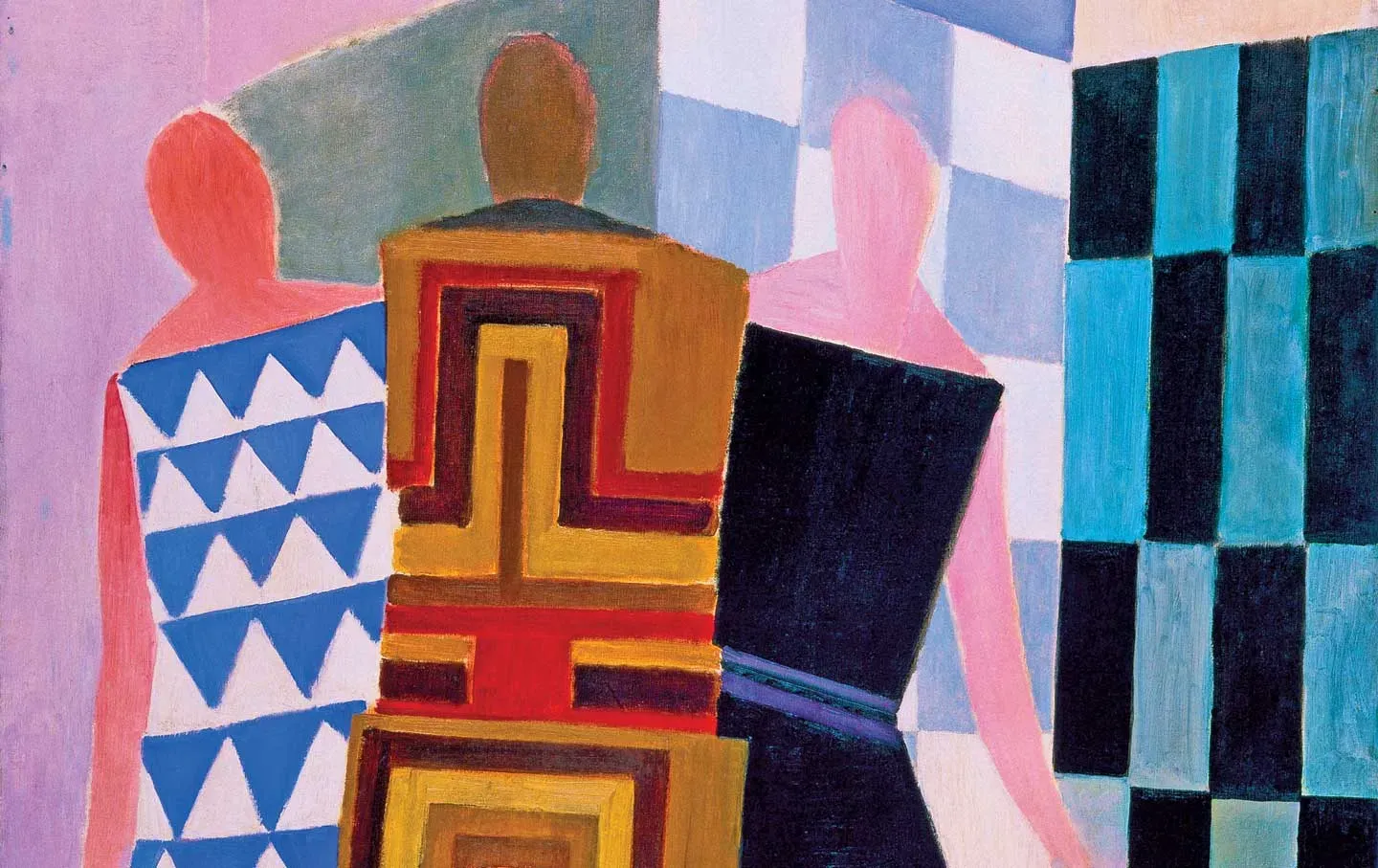
One of the most surprising moments of the visit was discovering Ottavio Missoni's tapestries, made using the patchwork technique. These tapestries are not just works of art, but represent a bridge between the world of fashion and that of visual arts, demonstrating how creativity can transcend traditional boundaries. It's interesting to note how, in the 1970s, Ottavio chose tapestries as an expressive medium, using them to explore themes of color and matter with a depth that goes beyond simple fabric.
But there's another fascinating story about Missoni: their role in making Milan the fashion capital. In the '60s and '70s, Missoni, along with designers like Walter Albini and Krizia, helped shift the attention of the fashion world from Florence and Rome to Milan. Their first fashion show in Milan, in 1966, at the Gerolamo Theater, was a revolutionary event that attracted the attention of the international press, particularly the French edition of Elle magazine. This event marked the beginning of Milan's rise as the epicenter of fashion, a title the city still holds today.

If you find yourself near Milan, a visit to MAGA in Gallarate is an experience I advice: it's a journey through Italian history and culture, told through Missoni's vibrant patterns and textures.

